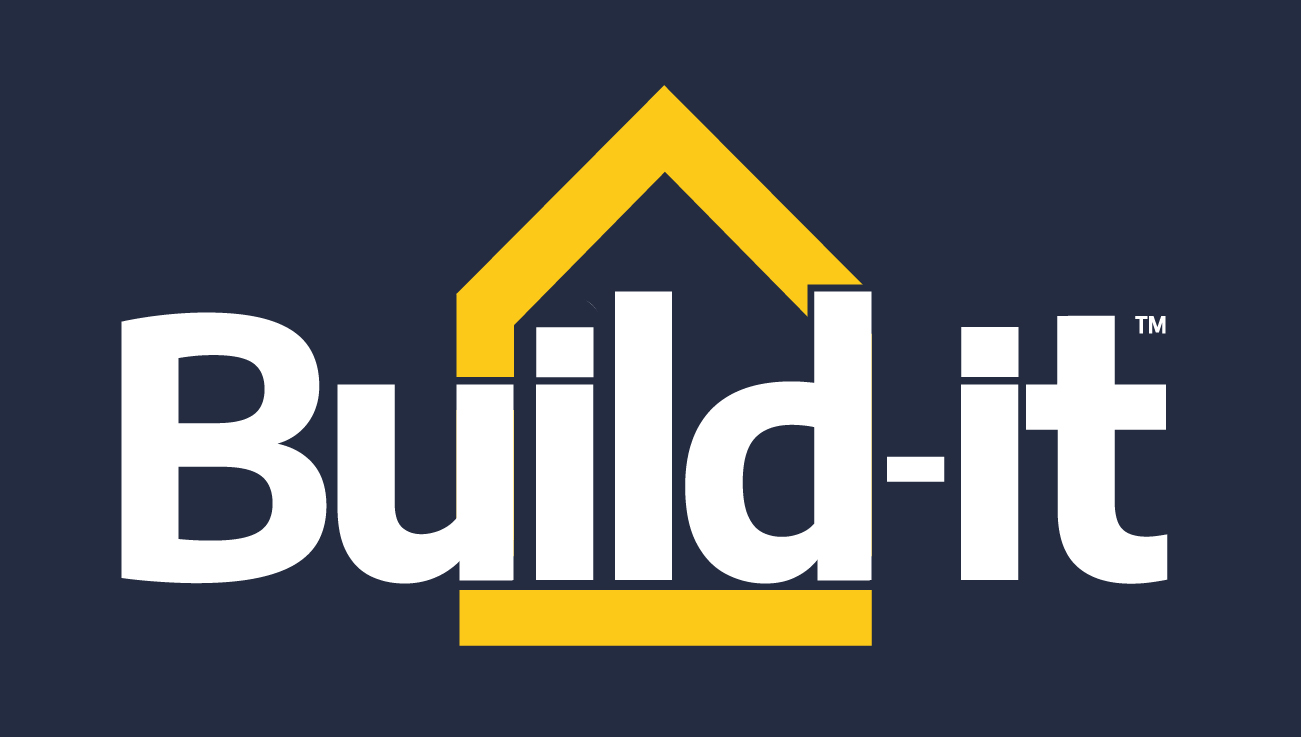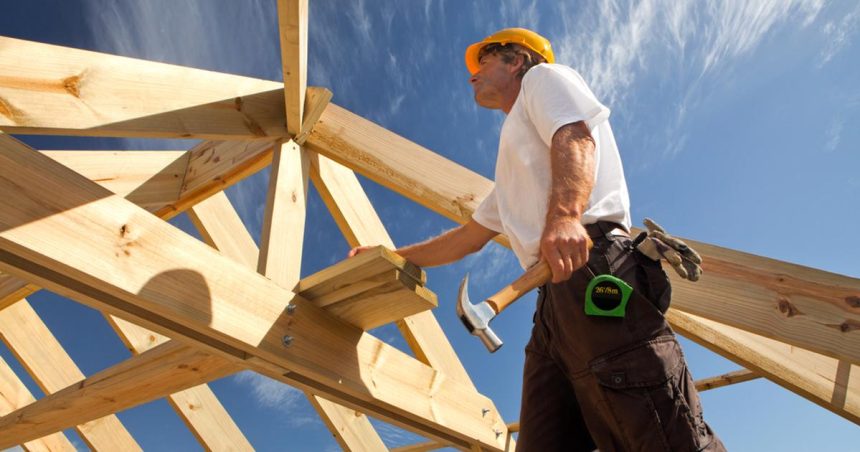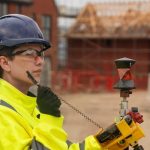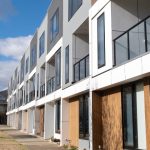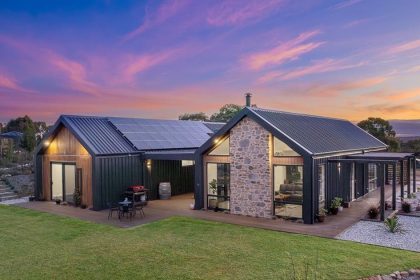Australia’s peak body for residential construction has warned policy changes are essential if the nation is to reach its ambitious home-building targets.
The warning comes as the federal government’s National Housing Accord plan was enacted this July, setting the lofty goal of constructing 1.2 million new residential properties by the decade’s end.
However, if recent years of building approval and new home completion rates are anything to go by, the nation will be hard-pressed to reach these figures by 2030, experts say.
Current new home construction forecasts fall 200,000 short of necessary target levels, with Australia’s Housing Industry Association warning policy adjustments will be needed to give the nation any chance of keeping pace.
New South Wales alone would have to build 75,288 homes annually however, current projections show the state to falling short by 114,000 homes.
Speaking late last month at the HIA Future Homes Forum in Tasmania, HIA Chief Executive Simon Croft told Build-it that construction rates would need to significantly increase for the government’s target not to end up a pipe dream.
“To meet the goal, Australia would need to be building 657 homes per day every day,” Mr Croft said.
“Are we on track at the moment? We probably have a shortfall of 188,000 homes (nationally).”
“That presents real challenges, but it also presents real opportunities.”
A wave of construction company insolvencies fueled by rising build costs and material supply issues has played a significant role in ensuring new build rates have remained below pre-COVID levels until now.

Meanwhile, an ongoing shortage of skilled workers and unnecessary red tape surrounding building regulations have exacerbated the problem.
Mr Croft says adjustments must be made with policy agendas, which is one of the key reasons Australia’s home builds were so behind pace –arguing that building regulations were now the most complex he had seen in his 20 years in the field.
“Every one of these policies adds more uncertainty and regulation overload,” he told Build-it.
Mr Croft used the Future Homes Forum to unveil a list of ten recommendations the HIA believes will help speed up the home construction rate, giving the government the best chance of reaching its 1.2 million homes by 2030 goal.
HIA’s proposals to boost home construction
- More homes of all types
- Not focus on one type of housing, such as social housing.
- More Greenfield, Brownfield, and infill housing
- Incentive states and territories to unlock planning and zoning reform
- Modernise housing data and collection to inform decision-making.
- Funding to enable infrastructure
- Remove unnecessary red tape to drive down costs
- Maintain taxation settings for housing investment for stability and reliability
- Increase Home Guarantee Schemes to support first-home buyers
Mr Croft said overarching building regulations and unnecessary red tape made it harder for construction companies to get new builds off the ground, notably “missing middle” housing types such as low-rise apartments, townhouses and duplexes – currently the most expensive to construct per capita.
However, he explained these types of buildings would be critical in solving the nation’s housing crisis and called on governments to make it easier for builders to get on with the job.
“Often, when we talk about density, we go from a stand-alone house to a hundred-story high rise,” he said.
“This missing middle in suburban Australia is where there is scope – transitioning one per cent of single-family dwellings to the missing middle will result in 44,000 new units equivalent to 140 high rises.”
“It means taking that single story into a three or four-story (meaning the property) will have three of four families rather than the one family in it.”
“But the building code and other changes have made low-rise class twos, the missing middle space, the most expensive product in the market now.”
